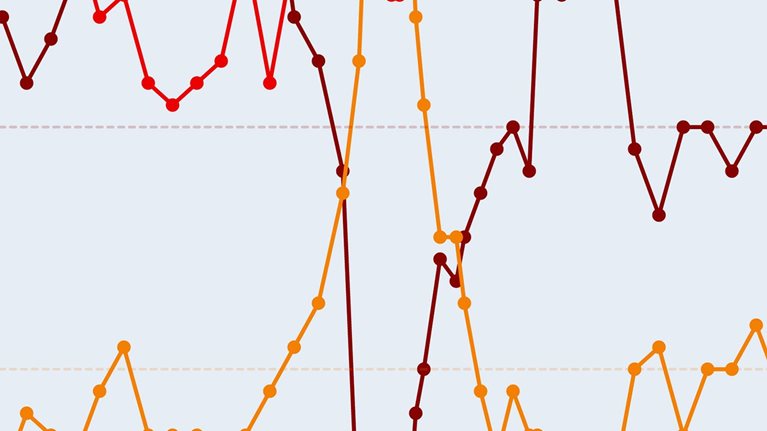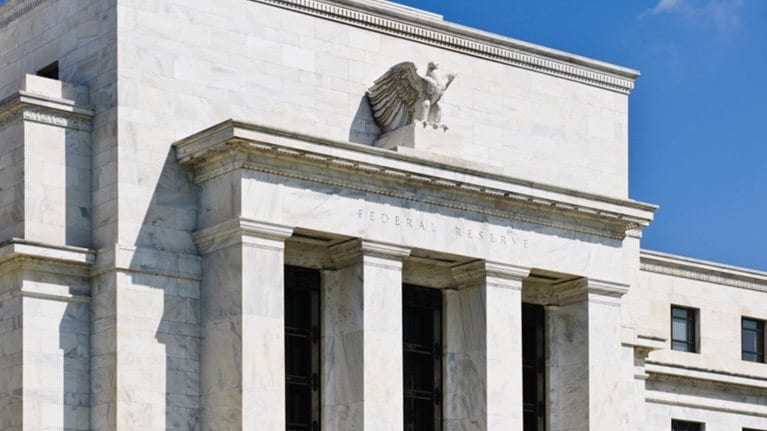As 2013 draws to a close, executives are more optimistic about economic improvements than they have been all year, both at home and in the global economy. They also anticipate that conditions will continue to improve, thanks to the steady (though modest) improvements in the developed world that many expect to see.
In McKinsey’s newest survey on economic conditions,1 the responses affirm that economic momentum has shifted—and will continue to move—from the developed to the developing world, as we first observed in September.2 Indeed, executives say the slowdown in emerging markets was one of the biggest business challenges this year, and respondents working in those markets are less sanguine than others about the current state of their home economies. Respondents from all regions agree, though, on the world economy: for the first time since we began asking in early 2012, a majority of executives say global conditions have improved in the past six months.
Looking ahead to 2014, many executives expect economic progress despite growing concern over asset bubbles and political conflicts—particularly in the United States. Respondents there say that ongoing political disputes and the government shutdown in October have had a notable impact on business sentiment, despite the less noticeable effect on the country’s recent economic data.3 Still, at the company level, executives maintain the consistently positive views on workforce size, demand, and profits that they have shared all year.
More positivity at home
At the country level, executives’ bullishness is steadily growing: 45 percent say economic conditions are better now than six months ago, up from 42 percent in September and 36 percent in June, though views vary across regions. Respondents in developed Asia4 are twice as likely as those in developing markets,5 for example, to say conditions have improved (Exhibit 1).
Across regions, views vary on current conditions at home.

As in September, executives in developed economies are markedly more upbeat than their emerging-economy peers about conditions at home. But across all regions, 53 percent of all respondents agree that global conditions have improved (Exhibit 2). This survey marks the first time a majority of executives has reported better global conditions since we initially posed the question in March 2012.
For the first time, most respondents report improved global conditions.

Although respondents are ending 2013 with the year’s most positive views, they still identify several challenges that have made doing business more difficult over the past 12 months. The top challenge is the slow rate of global growth, cited by half of respondents, followed by the slowdown in emerging markets and persistently high unemployment, and the responses include some notable differences by geography. Compared with the global average, larger shares in the eurozone cite government austerity and high unemployment as challenges—not surprisingly, given that the region’s unemployment rate has not fallen below 12 percent all year. In India, 55 percent of executives cite the emerging-market slow-down, compared with 35 percent of all respondents.
Bright spots and new risks in 2014
Looking ahead, executives have a positive economic outlook overall: 47 percent expect their countries’ economies to improve in the next six months, and 55 percent say the same for the global economy, a clear improvement from years past (Exhibit 3). There is a notable uptick in optimism from India, where respondents’ views became gloomier between March and September (Exhibit 4).
Year over year, global outlooks improve.

Expectations from India rebound.

As we saw in the September survey, the results suggest that this optimism is driven by developed-world growth. For the first quarter of next year, just over half of all executives predict positive eurozone growth. Thirty-eight percent expect US growth will be stronger in the first half of 2014 than in the second half of 2013, while only 14 percent expect weaker growth. Overall hopes for growth are modest, however. With 61 percent of respondents predicting that the rate of global GDP growth in 2014 will be the same as this year’s, few expect major economic improvement.
Respondents do expect a shift in the types of risks that could interfere with growth in the coming year. Recent worries about geopolitical instability have subsided; executives are more concerned now that domestic political conflicts pose a threat. Such conflicts are second only to low demand as a risk to economic growth at home (Exhibit 5). Executives in the United States are particularly wary, with two-thirds saying political conflicts are a risk to domestic growth. Many also report that the government shutdown and fiscal debates in October have already affected business sentiment: 57 percent of respondents in the United States say the uncertainties related to these political squabbles have had at least some influence on their companies’ decision making; one-quarter say that influence was complete or significant.
Concern over political conflicts and asset bubbles is on the rise.

Political conflicts now rank higher as a risk to the global economy, too, as do asset bubbles. This is especially true in Europe, where 38 percent of executives cite new asset bubbles as a global risk, up from 24 percent who did so in September.
Consistent company views
Amid the shifting expectations for growth that we saw in 2013, executives’ company-level views have held steady and been relatively positive throughout the year. Since March, respondents most often reported that their workforce sizes would stay the same, that demand for their companies’ products would grow, and that their companies’ profits would increase over the next six months; the latest results are no different (Exhibit 6).
Company-level prospects stay positive.

Across regions, executives working in developed Asia are the most optimistic—and those in the eurozone are the most pessimistic—about their companies’ prospects. Forty-four percent of those in developed Asia say their workforces will grow in the next six months, while just 7 percent say they will shrink; in contrast, 31 percent of executives in the eurozone expect a decrease in workforce size. Two-thirds of respondents in developed Asia expect demand for their companies’ products and services to increase in the coming months, and they are least likely among their peers in other regions to expect a decrease in company profits.
In their investment decisions, though, executives note a new concern: rising asset prices, which could affect company-level (as well as macroeconomic) growth in the coming year. Of the executives who say their companies are postponing capital investments or M&A decisions they would typically consider good for growth, the largest shares of the year now cite high asset valuations as a reason their companies are waiting.


